Graduates show works, as China Academy of Art provides fertile ground for imagination, Li Yingxue reports.
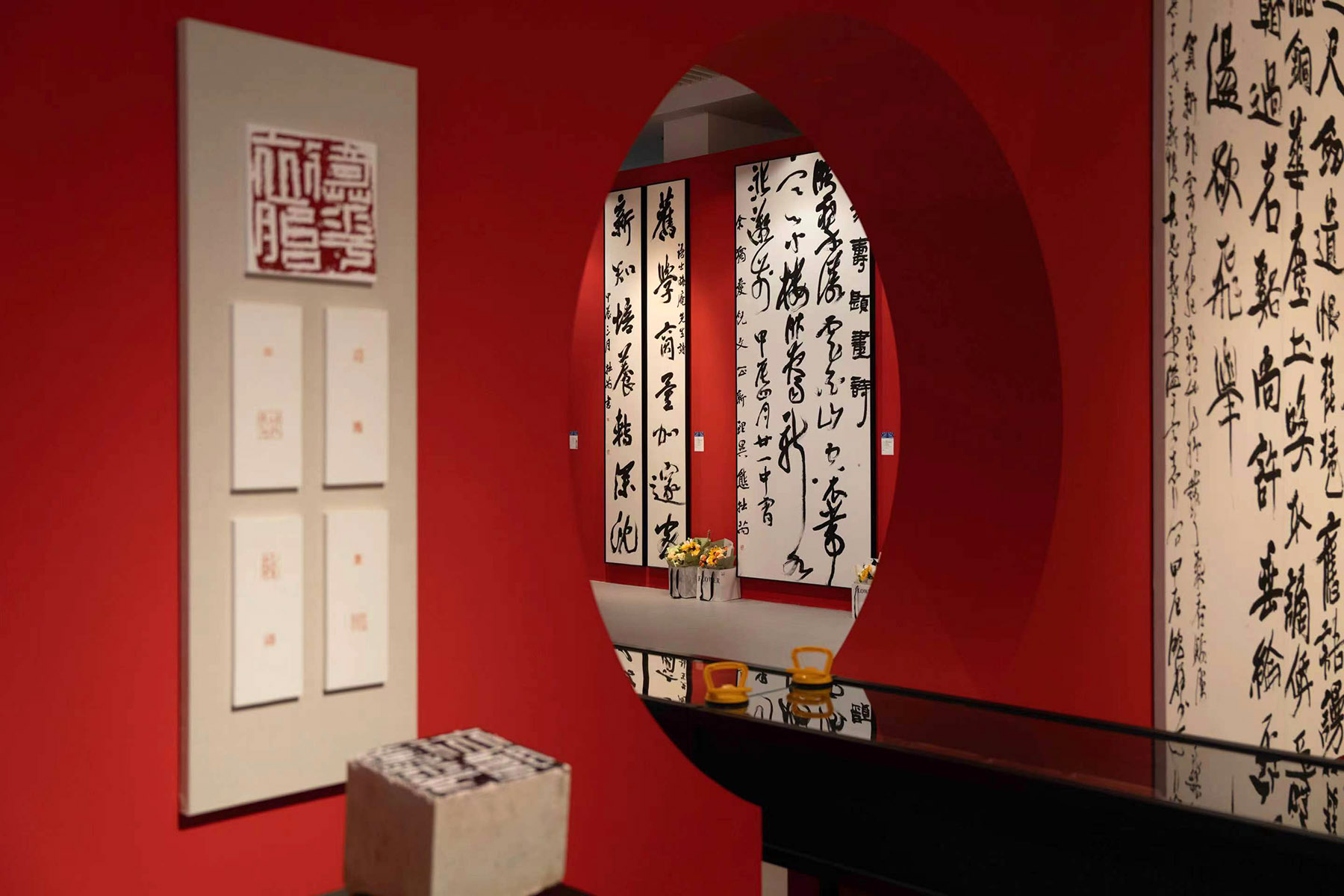
Giacomo Bruni from Italy is one of nearly 40 international students who presented their graduation artwork in the China Academy of Art's annual graduation exhibition, World Tree: CAA Graduation Season.
Bruni, who studied Chinese landscape painting at the CAA, obtained his master's degree this summer. For his graduation submission, he devised a Chinese painting on which visitors were able to walk. His aim was to eliminate the barrier between visitor and painting, allowing body and spirit to merge into the natural landscape depicted in the painting.
READ MORE: The big picture of bits and bytes
"Through this interaction, I hope visitors can find a connection with nature in the art, and experience a sense of immersion," Bruni says.
Nearly 3,000 young artists, who are this year's graduates of the CAA, transformed the cityscape of Hangzhou, Zhejiang province, last month, with work of various kinds themed on topics such as woods, jungles and forest islands.
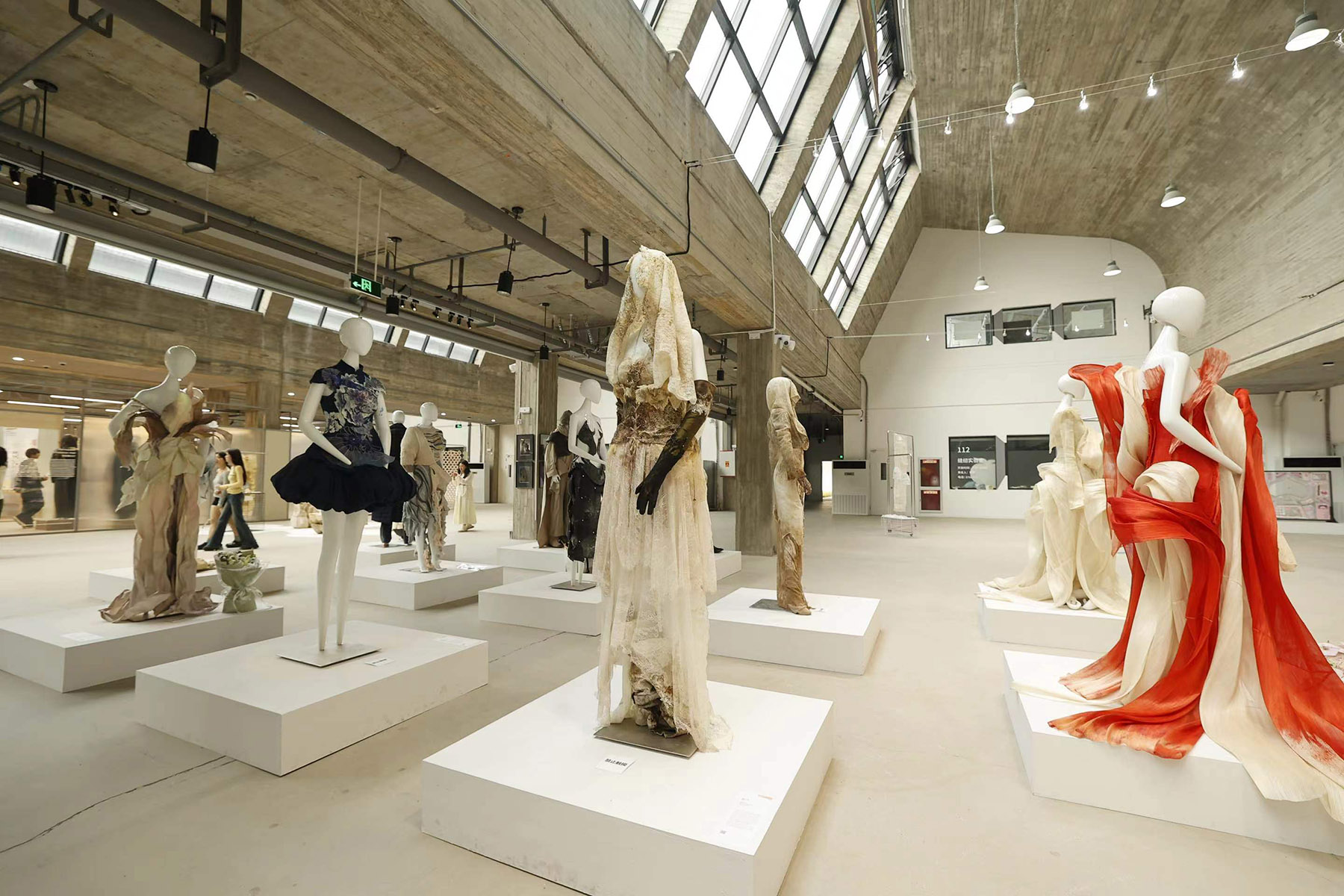
Over the years, the graduation exhibition has transformed into a citywide celebration of art every year, allowing visitors to enjoy thousands of pieces of art ranging from oil paintings, calligraphy and sculptures to videos, fashion, ceramics and multimedia installations. This year's exhibition showcased the graduation projects of 2,868 students: 1,834 undergraduates and 1,034 postgraduates, from 20 academic units, and was held at eight venues across Hangzhou, including the academy's Xiangshan and Liangzhu campuses, the Zhejiang Art Museum, the World Tourism Museum, and the Quan Shanshi Art Center. The exhibition ended on June 20, but visitors interested can also view the exhibits on an app, CAA Cosmos, launched by the academy.
"The exhibition has evolved into a youth festival involving cultural and artistic elements like the visual arts, design, exhibitions, fashion shows and bazaars," says Jin Yibin, chairman of the CAA committee of academy affairs.
The academy began this innovative approach in 2010, gathering graduation work for public exhibition. In 2019, it broke the confines of the campus and opened exhibition spaces in other venues of the city.
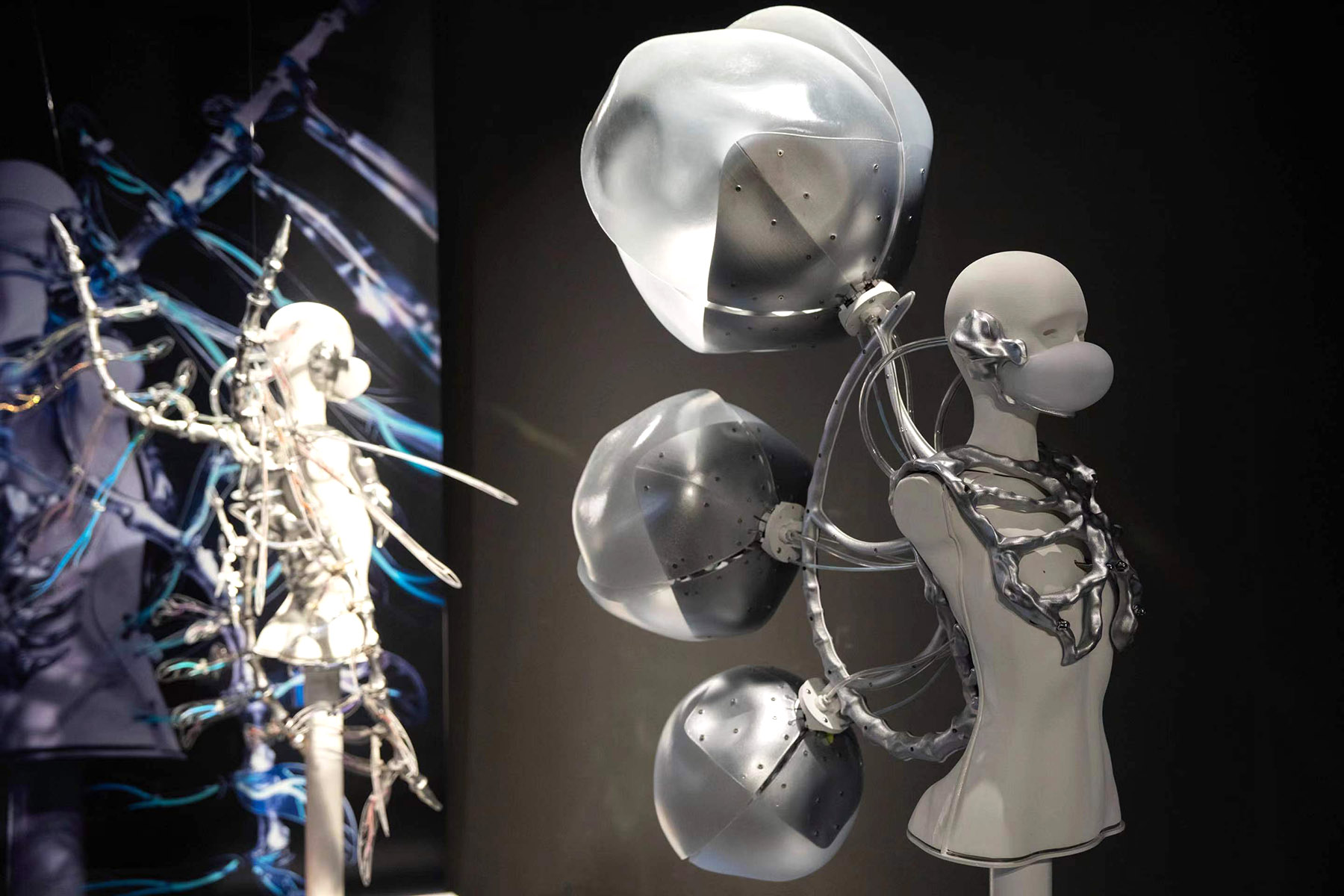
The aim is to create an "academy with no boundaries" that integrates internal and external resources, and to share achievements with the public, align accomplishments with urban development, and foster the growth of young artists alongside society, says Gao Shiming, president of the academy.
World Tree was the main theme of the exhibition this year. "In Old English, 'tree' and 'true' share the same root," Gao says. "From woodblock printing to artificial intelligence, from photography to image generator Midjourney, and from movies just over a century ago to Sora (a text-to-video generative model), most of us feel the way technology is reshaping truth and how the idea of a person has dissolved, as humans have become beings with technologically integrated senses."
The ancient legends of quite a few cultures around the world have the concept of a world tree. For example, Yggdrasil, which is also referred to as the World Tree, occupies a central position in Norse cosmology and is said to be an enormous ash tree that connects the nine worlds, including the underworld, the earth, and the realm of the gods, and so is associated with both life and death.
"The World Tree was once a channel connecting heaven, earth, and humanity, and now, this ancient legend will help our graduates understand the world through the perspective of life, and understand people through the perspective of nature," Gao says.
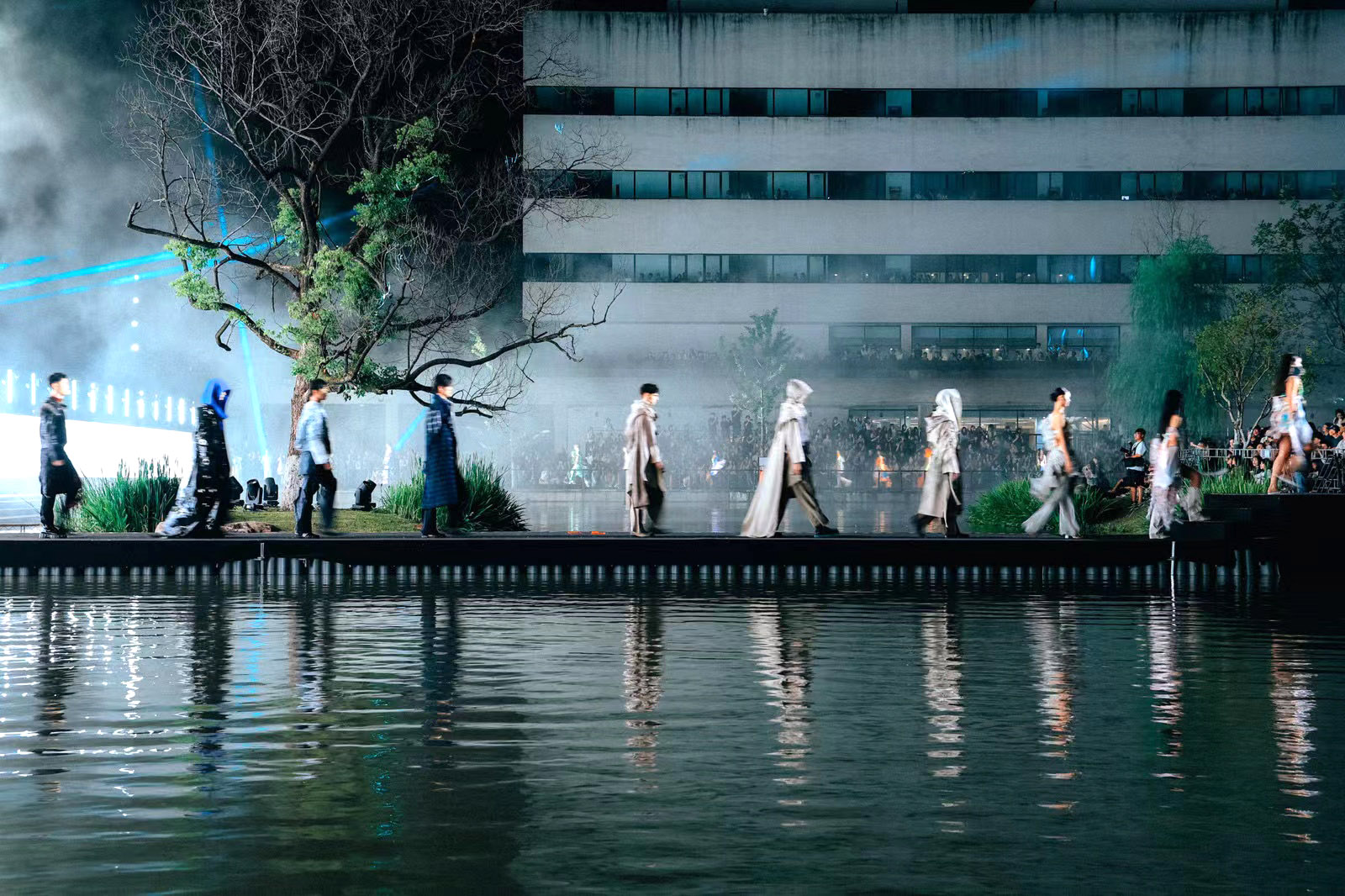
He speaks of people's experience of climbing trees and their unique perspectives, metaphorically. "Looking upward or downward, from your position on a branch, you see a complex, multifaceted world," he says. "However, a little exploration may lead to new beginnings, if one explores higher, walks farther, or digs deeper to the roots. It's the same with exploring one's field of specialization."
Gao is keen to emphasize that the core of education at the academy is to help students appreciate different worldviews, understand the diversity of worlds, develop sensitivity, discernment and tolerance, and forge an independent spirit.
The academy's departments each devised their own subthemes for the exhibition. For example, the Design Industry Innovation Center took the subtheme of Forest Island and presented work by 31 students which reflected their engagement with issues such as society, culture, urban development, ecology and technology. The School of Animation and Games presented the work of 177 graduates under the subtheme, Leaves of Grass. Youthful and raw, the creations resonated with the spirit of the young and are vibrant, ambitious and impassioned.
Among the works, there was one, titled Fifty, by He Chaohong, a master's graduate in animation, which had earned recognition and was shortlisted for the Chilean Animation Film Festival in 2022.
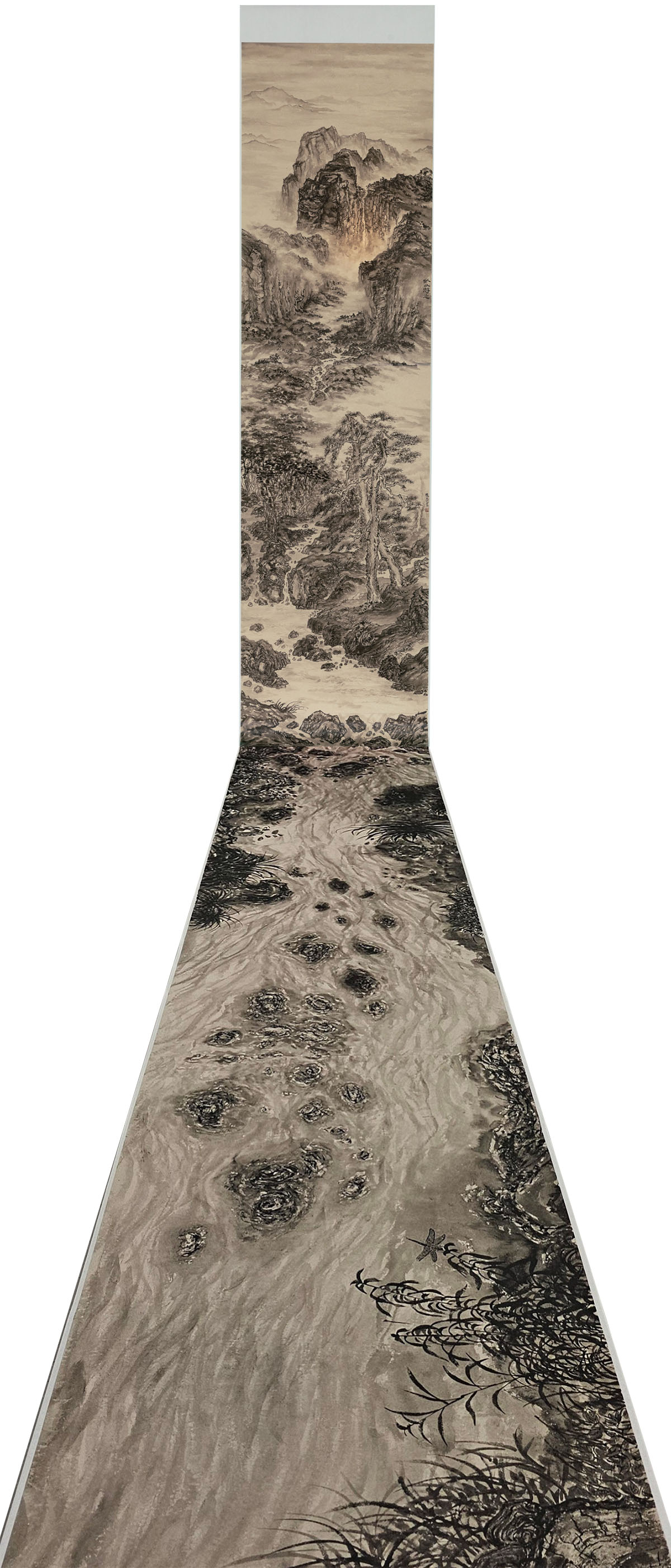
From 2017, Bruni began to focus on the art of Chinese landscape painting. He enrolled in the CAA in 2019 to become a postgraduate. At the beginning of 2020, he and his wife co-founded a company, Shanshui Projects, to promote contemporary Chinese painting in magazines, exhibitions, lectures and workshops.
His Chinese painting through which visitors were able to walk were one of the most impressive art pieces for visitors during the exhibition, who experienced collaboration and a sense of immersion.
ALSO READ: Documentary frames international artists in China
The Italian plans to stay in China after graduation to pursue his art.
"I hope to continue my journey of research and study around the world, teaching and promoting Chinese painting, and sharing this rich cultural heritage with a global audience," Bruni says. "I want to introduce Chinese painting to more people and foster a deep appreciation for its beauty."
Contact the writer at liyingxue@chinadaily.com.cn


